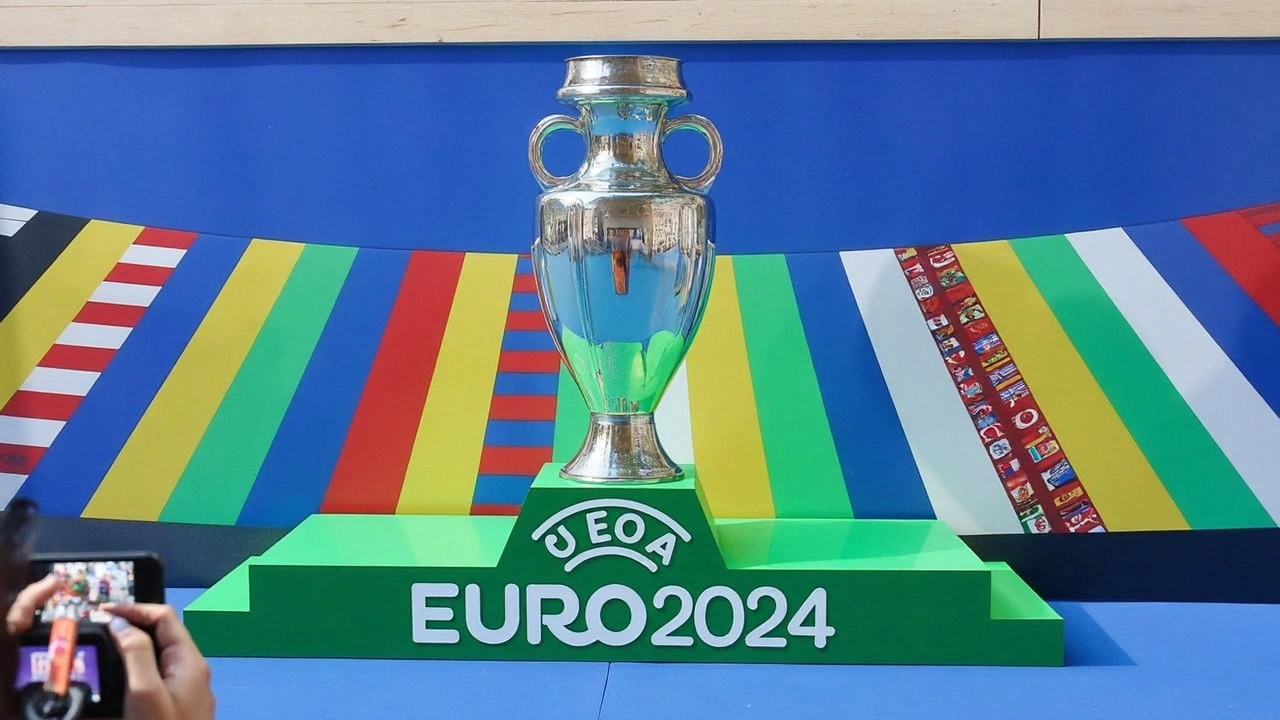UEFA Euro 2024 Prize Money: What Every Team Stands to Win
 Jun, 9 2025
Jun, 9 2025
How UEFA Euro 2024 Divides Its €331 Million Prize Pool
When it comes to Euro 2024, money is almost as fiercely contested as the trophy itself. UEFA set aside a whopping €331 million in total prize funds, matching their commitment from the last tournament. Yet, with finances tight in football post-pandemic, both fans and federations are watching every cent.
Every one of the 24 national teams gets an upfront participation fee: €9.25 million goes into the bank as soon as they show up in Germany. But that’s just for starters. The real race is for bonuses based on each team’s performance on the pitch—where victories carry serious weight in the group stage.
- Each group stage win nets a team €1 million.
- A draw fetches €500,000.
So for teams entering each match, it’s not only about getting through—it’s about chasing those incremental gains that can end up funding grassroots football, player bonuses, or fresh investment for the future. With three group-stage matches per team, there’s €3 million up for grabs for those who manage a perfect run.
Once the tournament hits the knockout rounds, the prizes jump. Qualification for the round of 16 lands a team an extra €1.5 million. Advancing to the quarter-finals piles on another €2.5 million. Make it to the semi-finals? Add €4 million more. The stakes only ramp up after that, reflecting both achievement and the spectacle of a dramatic summer of football.
- Round of 16 qualification: €1.5 million
- Quarter-final qualification: €2.5 million
- Semi-final qualification: €4 million
The teams that carve their names into the final will see their bank accounts swelled further. The side lifting the trophy banks an extra €8 million, while the runner-up still drags in €5 million. For a team fortunate (and skilled) enough to win every single game—including all three in the group—€28.25 million is the ultimate payday. In dollar terms, that’s close to $30.7 million.
Beyond Men’s Football: UEFA’s Push for Women’s Competitions
UEFA isn’t just tweaking the men’s game. Big changes are brewing for women’s club competitions too. From the 2025/26 season, the Women’s Champions League expands into a league phase of 18 teams – a clear step toward parity and greater visibility. There’s more: A new second-tier European tournament for women’s clubs is launching, opening the door for more teams to experience continental competition and, hopefully, increase investment in the women’s game across Europe.
This financial clarity matters. For national teams, the Euro windfall is about more than just bragging rights or a glittering cup. It supports youth development, staff wages, grassroots pitches, and the dreams of future stars. And for the women’s game, the reforms mean more visibility and a bigger stage—hopefully with even juicier prize pots to follow.